in association with AC Nielsen
Surviving the party
It was a very merry Christmas for most, a bleak mid-winter for a few. Tim Palmer examines the drinks industry's festive period
Those who feared the drinks market would fail to live up to the figures generated by millennium celebrations will be cheered by data showing sales held their ground at Christmas.
In a special collaboration with market research firm ACNielsen The Grocer can reveal the winners and losers during the most important eight weeks of the drinks industry's year.
The biggest winner was Stella Artois which confirmed its status as Britain's best selling drinks brand with a stonking performance at Christmas.
And flavoured alcoholic beverages (FABs), also known as premium packaged spirits, ready to drink or premium mixed spirits, were star performers in the drinks aisles with Bacardi Breezer and Smirnoff Ice pulling away from the rest with phenomenal growth rates. These new drinks are taking business from all the other sectors and this is the first Christmas that ACNielsen has recorded FAB sales (£50.7m) as bigger than those of the cider market (£46m).
Despite pressure from FABs, premium lager and cross border trading, the wine market continues to be buoyant with growth of 7% at Christmas. The sector is still being led by the New World, and Australia continues to close the gap on the market leader, France. The market is split almost evenly between red and white wines, with red having a slightly larger share. The figures show that the rush to red is slowing and red sales grew more slowly than white during the bimonth.
ACNielsen's data shows that Californian producer Gallo has the top spot in the branded wine league, but it is hard pressed by two Australians, Jacob's Creek from Caxton Wines and the Stamp range from BRL Hardy. Hardy also has the fastest grower in the top 10 with Banrock Station.
The spirits market continues to be a tough one with the sector registering a 1% decline against a static total market. The good news is that sales did not fall back to the pre-millennium 1998 levels and against those figures showed 8% growth.
UDV's Baileys Irish Cream brand is proving to be an unstoppable force at this time of year, and for the first time outsold Bell's whisky to become the best spelling spirit at Christmas. UDV owns four of the top five best selling brands (Baileys, Bell's, Smirnoff and Gordon's).
As expected, the champagne and sparkling wine sectors experienced a decline. In 1999 consumers drank a lot of the stuff to celebrate the millennium. Not as much as the trade had anticipated, but enough to ensure that sales at the end of 2000 could not live up to the frenzy 12 months earlier and they dropped by a quarter in value.
The millennium celebrations also meant that overall sales rose 12% in 1999, Some in the industry thought that after January 1 the big party would be over.
But consumers developed a taste for celebrating, fuelled by aggressive marketing by retailers and hype about pricing strategies.
The breadth of the offer and the marketing support the multiple grocers put behind their beers, wines and spirits fixtures continues to be an irresistible draw for consumers.
After clawing a 20% boost to their sales ahead of the millennium they managed to increase it by a further 4% at the end of 2000.
Of the £1.9bn that ACNielsen estimates was spent on buying alcohol from the take home market in November and December, the supermarket chains accounted for £1.2bn. Against the background of a static market their growth was at the expense of the other retail sectors.
ACNielsen's data shows the big losers were the multiple specialists. Their sales were down £46m (-13%), roughly the same value by which the supermarkets increased their business.
A major percentage of the fall can be accounted for by the number of store closures in the sector, but it was also hit by the aggressive pricing tactics of the grocers and the attendant media coverage.
The trend towards the big 24 and 30 packs of beer and lager is also turning consumers towards the multiples. And the specialists are under threat from wine by the case deals from the multiples, the internet and mail order operators.
Nevertheless a spokeswoman for First Quench says the group's liquor sales were up 2% on the bimonth. "Winerack and Bottoms Up traded well above millennium levels on champagne, while beer and FABs held their own year on year. Overall we were happy with our performance," she says.
Traditionally Asda trades well at Christmas and last year was no exception. But the competition got tougher. Asda and Tesco were head to head on pricing across the fixture, while Sainsbury's and Safeway's high low strategies brought them extra benefits.
One of the outstanding coups of the period was Iceland's sourcing of Stella Artois on the grey market. This forced the price of 330ml 24 packs down to £11.99.
But Asda's marketing manager John Knight says: "Asda's alcohol sales grew faster than the market and we picked up more seasonal sales than the other retailers.
"We had 17.5% of sales in the final four weeks. In the final week before Christmas our share of beer sales climbed to 22.7%.
"Asda has established itself in consumers' minds as the place to buy Christmas beers, wines and spirits. The Rollback and EDLP strategies are working."
He defended Asda's aggressive prices in the sector. "They were competitive but not ridiculous. We cannot be accused of moving prices down in any particular sector. What has happened is a function of market forces. If we are forced by our competition to chip away at prices then we will do that. Our mission is to be Britain's best value retailer and we set out a range of offers at different prices."
He says when it came to Stella Artois he believed Asda had exactly the pack consumers wanted 24 x 330ml bottles. But he says he is now looking over his shoulder: "The competition was threatened by our Christmas performance. This year they did not let us get away with what we were able to in 1999."
The Co-ops also made the most of a good performance on other key brands which helped them boost sales by 5%. The Co-operative Group ran a half price deal (£5.99) on a 10 pack of 330ml bottles of Stella through November and December.
Head of category buying Kay Wheelton added the benefits of its new retail strategy also paid dividends. This included the Welcome c-store formats and the market town refits.
Despite predictions that the independents and cash and carries wouldn't be able to match the millennium performance ACNielsen measured sales through the sector at only 1% down.
And Landmark's own data from sales out of 40 depots in the final quarter of 2000 indicate the underlying picture is good. It showed beer and cider sales up 4% in value with Bass the strongest performer and Interbrew's Stella Artois the biggest selling brand.
Landmark's spirit sales were up 2%. UDV dominated, but the group's members boosted own label products with special promotions. The wine sector was less encouraging. A spokesman for Landmark says: "The independents are still underperforming in the wine market because they fail to compete with the multiples. They cannot match the deals available on wines such as Jacob's Creek and Hardys. They also depend too much on Old World wines."
This, together with a bumper performance on champagne last year, pushed the value of wine sales through Landmark down 3%.
{{FEATURES }}
Close menu
- Home
- Retail & Wholesale
-
Products & Suppliers
- Back to parent navigation item
- Products & Suppliers
-
Product Categories:
- Back to parent navigation item
- Product Categories:
- Alcoholic drinks
- Bakery
- Cereals & breakfast
- Cheese
- Chicken & poultry
- Chocolate
- Confectionery
- Crisps, nuts & snacks
- Dairy
- Fish
- Fresh produce
- Frozen
- Household
- Meat
- Own Label
- Sauces & condiments
- Seasonal
- Soft drinks
- Vaping
- Vegan & plant-based
- World foods
- Suppliers
- People
- Reports & Data
-
Topics A-Z
- Back to parent navigation item
- Topics A-Z
-
Popular topics:
- Back to parent navigation item
- Popular topics:
- Cost of living crisis
- Crime
- Deposit Return Schemes
- Finance
- Government & Regulation
- Health
- Inflation
- Loyalty
- Marketing
- Mergers & Acquisitions
- New Product Development
- Sourcing
- Supply chain
- Sustainability & environment
- Technology
- Ultra Processed Foods
- Vaping
- A-Z all topics
- Content by type:
- Events
- Ask iA (beta)
- Subscribe now
Sign in to comment on this article
Not logged in before? Register for FREE guest access today.
You will be able to:
- Read more stories
- Receive daily newsletters
- Comment on stories
Advert



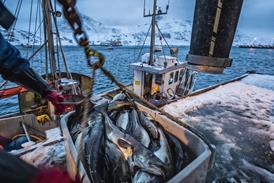


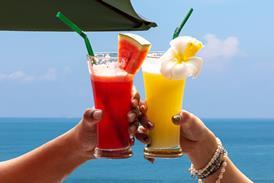
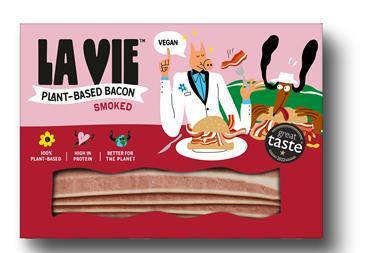
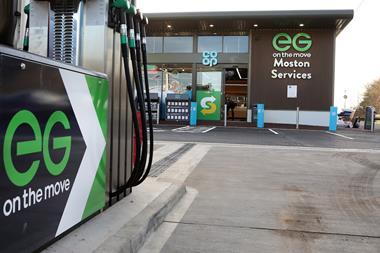
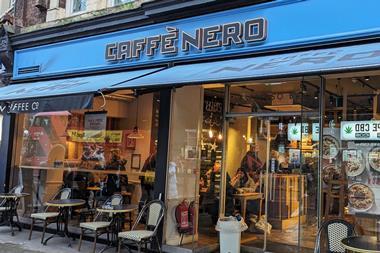

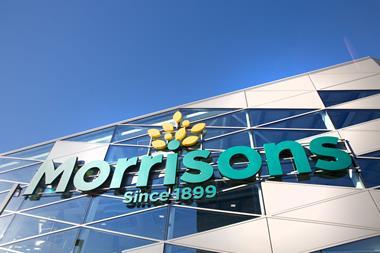
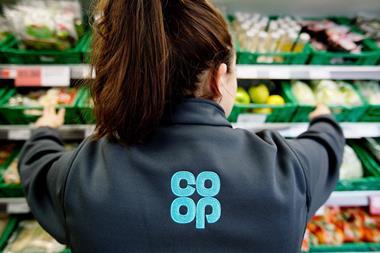
No comments yet